Blueberries
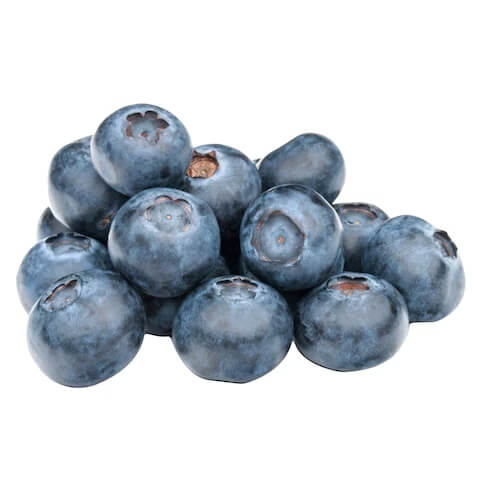
Few foods in nature are truly blue, and the blueberry is one of the rare exceptions. Its deep hue comes from anthocyanins—powerful plant pigments that not only give blueberries their striking appearance but also deliver a host of health benefits, from antioxidant protection to heart and brain support. But blueberries aren’t the only fruits with these impressive qualities. Scattered across the globe are lesser-known berries and fruiting plants that look, taste, or act like blueberries in surprising ways. Whether it’s their color, flavor, size, or nutritional punch, these blueberry-like fruits deserve a spot on your radar—especially if you’re eager to explore beyond the familiar.
1. Bilberries
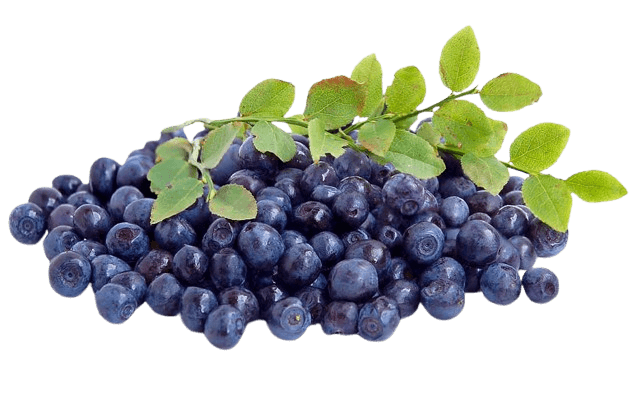
Often referred to as the European cousin of the blueberry, bilberries are smaller and darker with a deeper blue-black skin. Unlike blueberries, which have pale flesh, bilberries are purple throughout, giving them a richer, wine-like flavor and more intense antioxidant properties. They grow wild in Europe and are used in pies, jams, and traditional remedies—just like blueberries.
2. Huckleberries
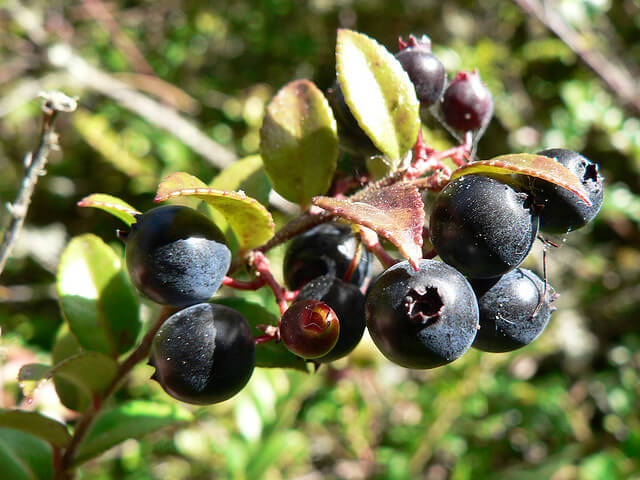
Visually almost identical to wild blueberries, huckleberries can be slightly firmer with seeds you may notice more when chewing. Their flavor is more intense—sweet, tart, and slightly earthy. Found in the wild across North America, especially the Pacific Northwest, they’re often used in the same ways as blueberries: in muffins, pancakes, syrups, and preserves.
3. Black Grapes
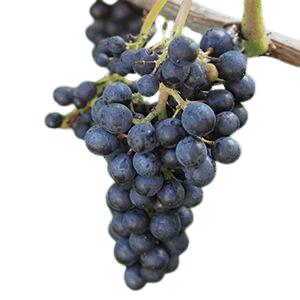
While not technically berries, black grapes share blueberries’ rich color, juicy texture, and sweet-tart flavor. Seedless varieties like Concord or Moon Drops are popular for snacking, juicing, and making jams. Both grapes and blueberries are loaded with anthocyanins and resveratrol, supporting heart health and offering antioxidant benefits.
4. Black Currants
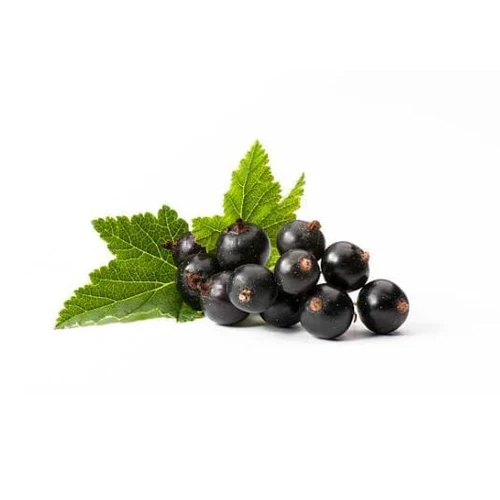
These small, deep purple berries are more tart and aromatic than blueberries, with a strong, complex flavor. While their taste can be intense when raw, black currants shine in syrups, jellies, teas, and immune-boosting supplements. Like blueberries, they’re high in vitamin C and polyphenols, making them a nutritional powerhouse.
5. Elderberries
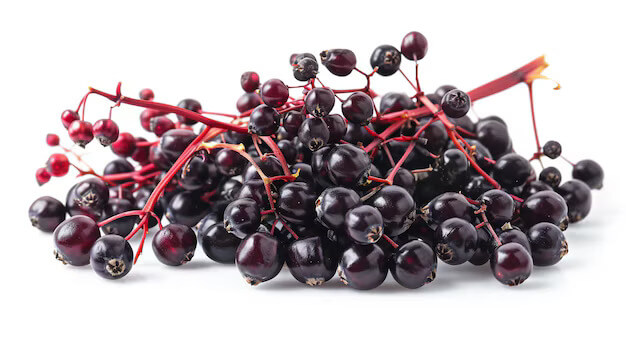
Tiny and dark purple, elderberries grow in clusters and are never eaten raw due to their toxicity. However, when cooked, they yield rich, tangy syrups and jams, much like blueberries. Used for centuries in traditional medicine, elderberries are famous for their immune-boosting properties and antiviral benefits.
6. Saskatoon Berries (Juneberries)
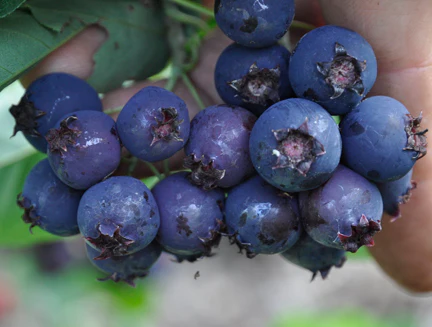
Native to North America, these berry look-alikes are nearly indistinguishable from blueberries at first glance. Their flavor, however, is subtly different—sweet with a hint of almond or nuttiness. Saskatoon berries are rich in fiber and antioxidants and are equally suited to baking, snacking, and making preserves.
7. Serviceberries
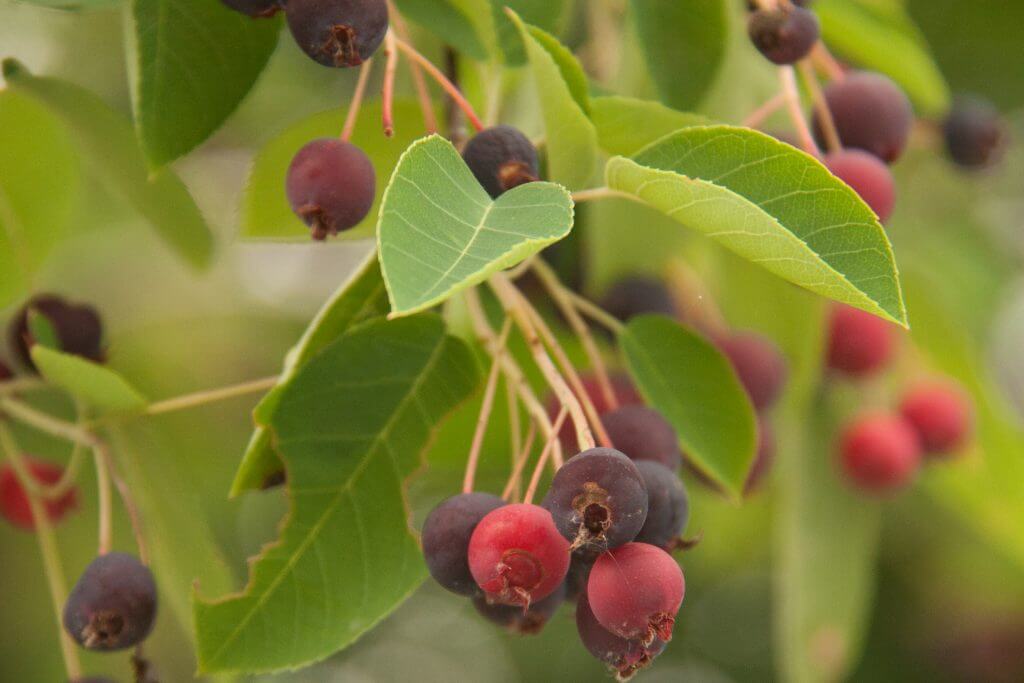
Closely related to saskatoons, serviceberries are another blueberry doppelgänger, often found in gardens and parks. They offer a mild, sweet flavor with soft, juicy flesh and are commonly eaten fresh, added to oatmeal, or baked into pies. Like blueberries, they’re high in antioxidants and fiber.
8. Chokeberries (Aronia Berries)
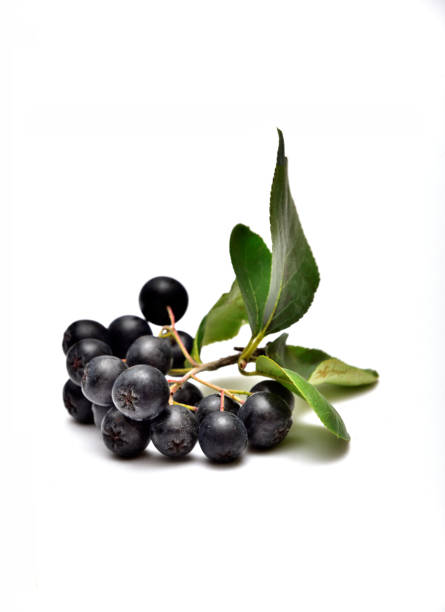
Chokeberries are dark, round berries that look very much like blueberries but have an astringent, dry-mouth feel when eaten raw. Despite their name, they’re not dangerous—just very tart. When sweetened or cooked, they become delicious additions to juices, jams, and health tonics. They’re among the most antioxidant-rich berries you can eat.
9. Mahonia Berries (Oregon Grape)
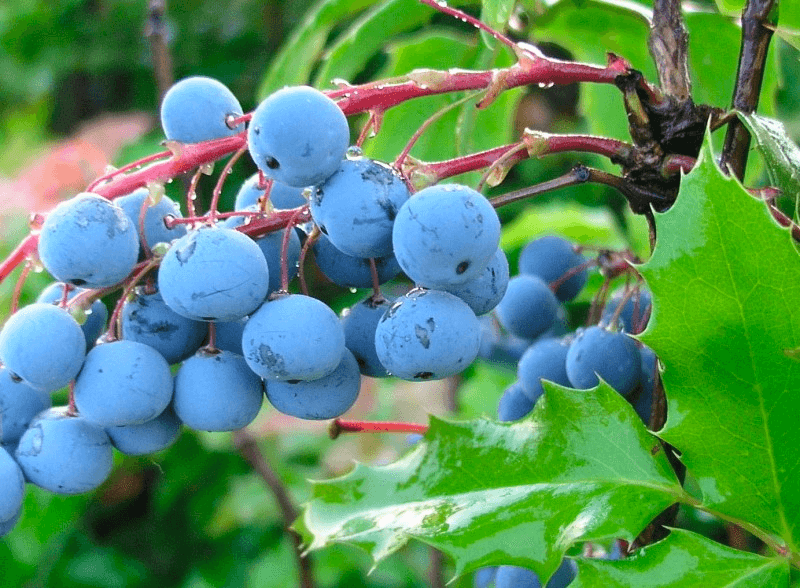
These small, bluish-purple berries grow in tight clusters and resemble wild blueberries, but they have a tart, sour flavor with a bitter edge. Mahonia berries are better suited to jellies and wines than fresh eating. Their deep color signals strong antioxidant content, much like their blueberry look-alike.
10. Java Plum (Jamun)
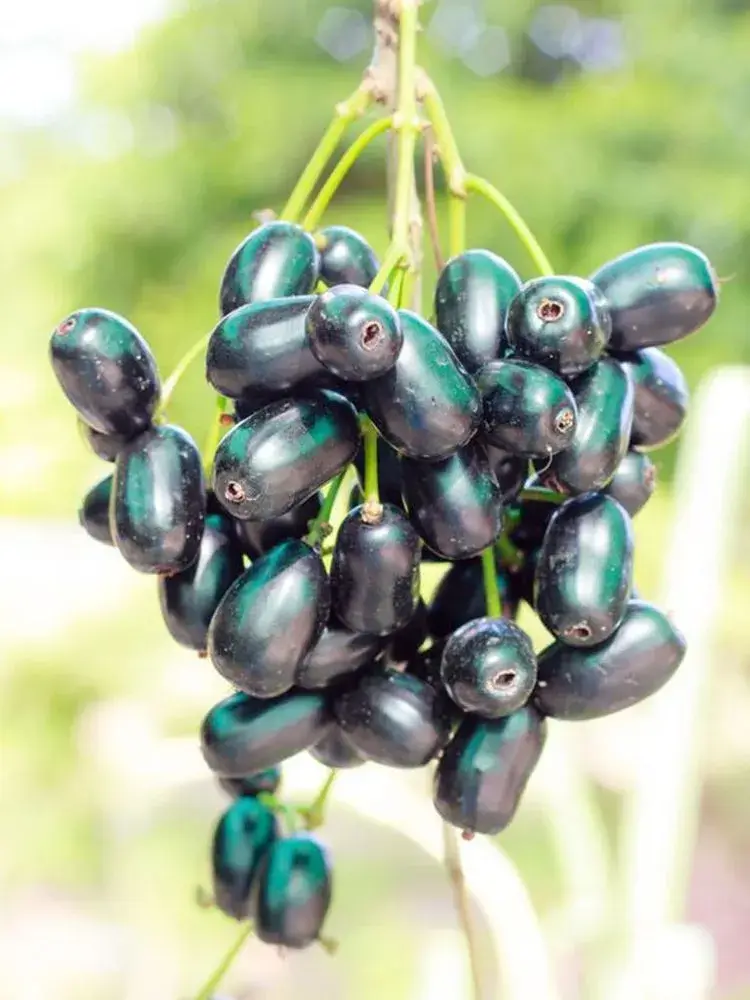
Native to South and Southeast Asia, Java plums are slightly larger and more oblong than blueberries but share a similar deep purple skin and juicy interior. The flavor is mildly sweet with a bit of astringency, leaving a faint purple stain on the tongue—just like a handful of ripe blueberries. Java plums are traditionally used for managing blood sugar levels and are popular in juices, chutneys, and sherbets.
